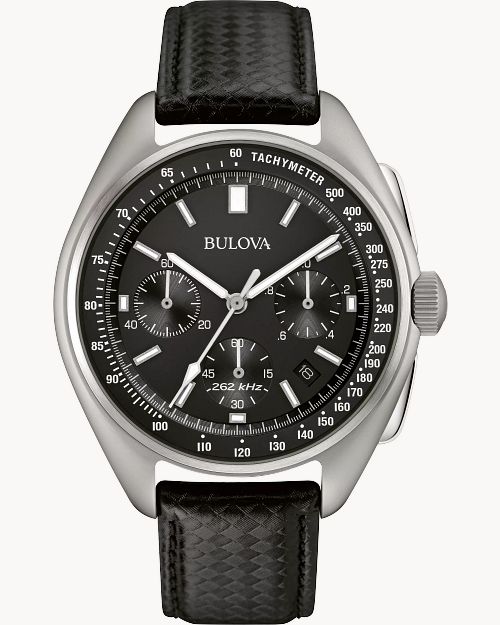Bulova Watch Company – Full History
Founding and Early Years (1875–1910s)
By the early 1900s, Bulova was producing pocket watches and components in a standardized, industrial fashion.
Founded in 1875 by Joseph Bulova, a Bohemian immigrant, in New York City.
Began as a small jewelry shop, but Bulova quickly shifted focus to timepieces, recognizing the growing demand.
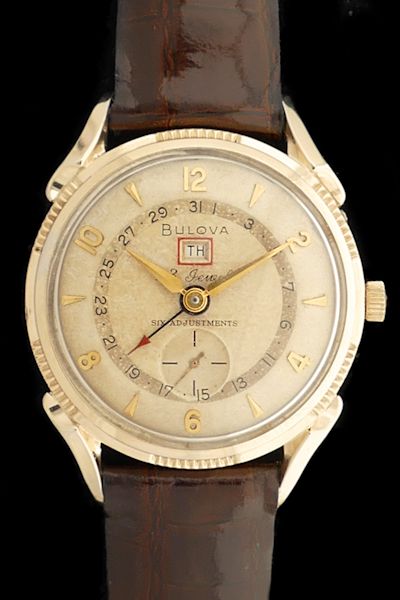

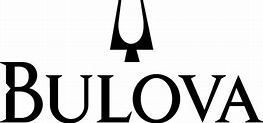
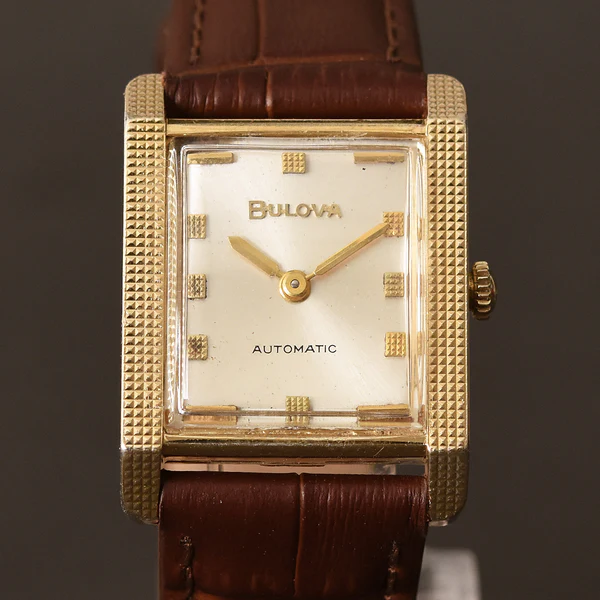
Growth and Standardization (1910s–1920s)
1926: Bulova made history with the first-ever radio commercial:
“At the tone, it’s 8 o’clock, Bulova Watch Time.”
In 1912, Bulova opened its own factory in Biel, Switzerland, marking the beginning of mass production with interchangeable parts—a major innovation.
By 1919, Bulova launched the first complete line of men’s wristwatches in the U.S., helping shift the trend away from pocket watches.
Marketing Firsts
Famous for the phrase: “America runs on Bulova time.”
Bulova was a true pioneer in advertising:
First TV commercial (1941): A 10-second ad aired just before a Brooklyn Dodgers game.
Military Contributions (WWII)
Trained over 5,000 disabled veterans in watchmaking through the Joseph Bulova School of Watchmaking.
During World War II, Bulova halted consumer production to focus on the war effort.
Produced:
Military wristwatches
Aircraft instruments
Fuses and precision equipment
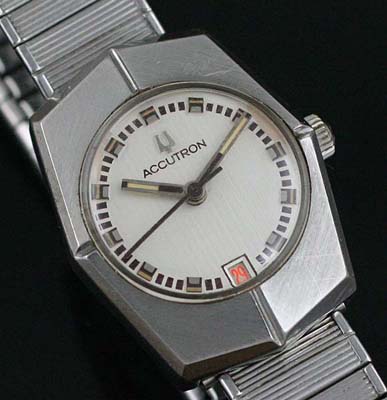
Innovation & the Space Age (1950s–1960s)
In 1971, astronaut Dave Scott famously wore a Bulova chronograph on the lunar surface (after his NASA-issued Omega broke). That watch sold at auction in 2015 for $1.6 million.
1950s: Bulova introduced the “Accutron”, one of the most important watch innovations ever.
1960: The Bulova Accutron was released — the first fully electronic watch.
Used a tuning fork mechanism for timekeeping—super accurate (within 2 seconds a day).
Accutron technology was used in NASA equipment, satellites, and Air Force One.
A Bulova timing device was placed on the moon during the Apollo missions.
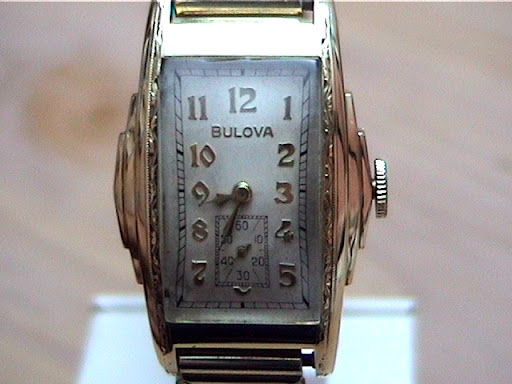
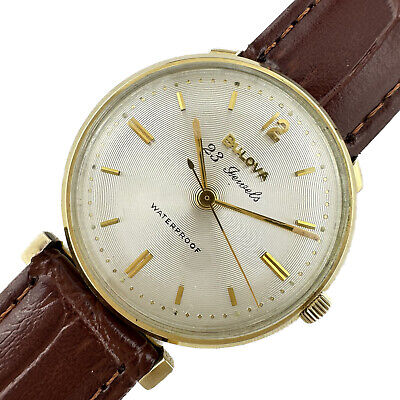
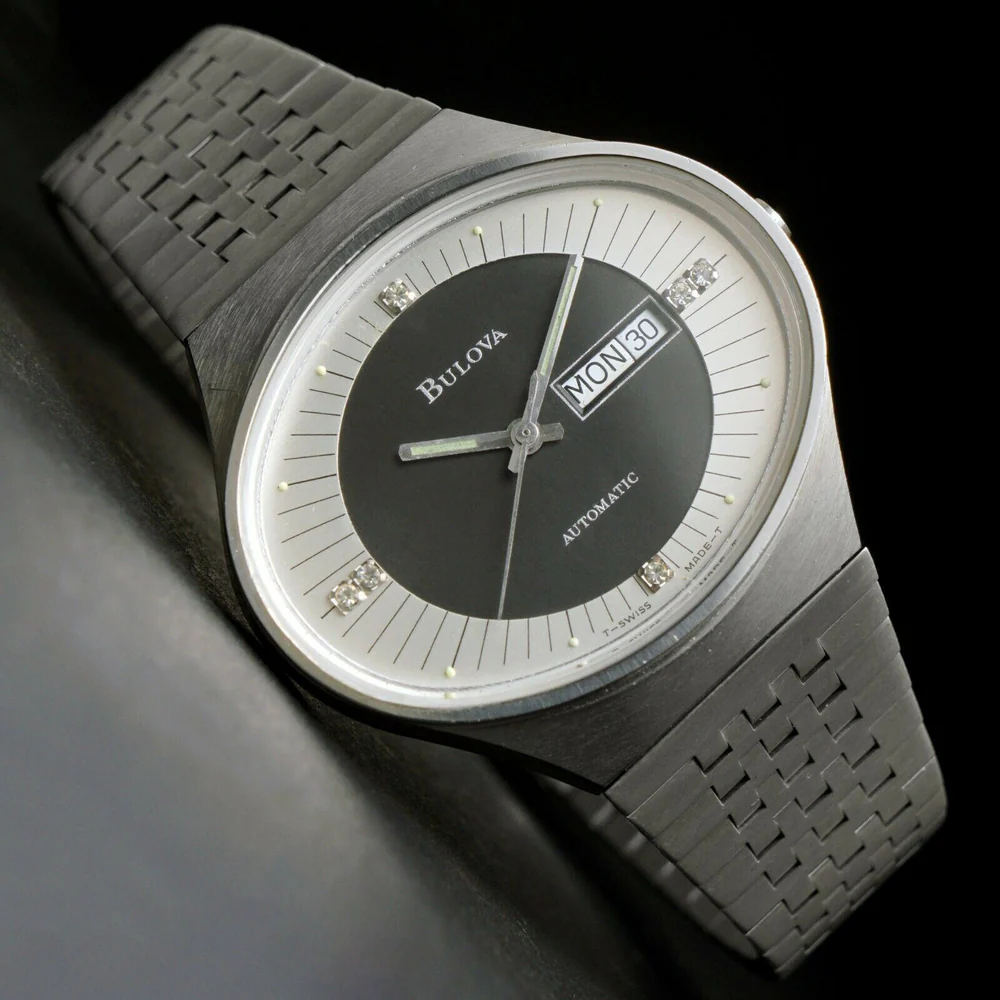

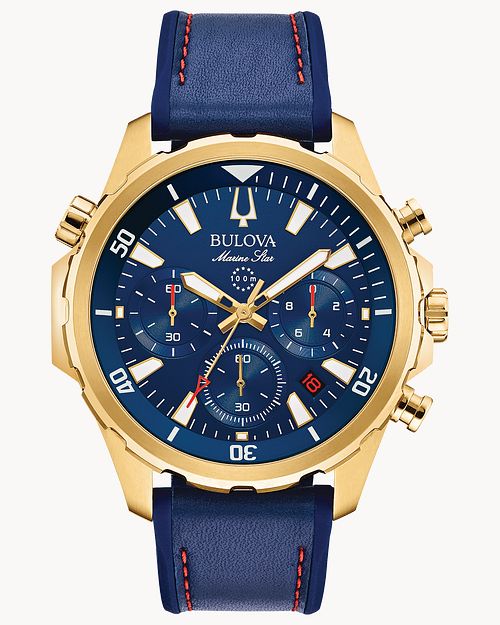
Modern Era
- Bulova continued to innovate with quartz watches, high-performance chronographs, and limited-edition reissues.
- In 2008, Bulova was acquired by Citizen Watch Co. (Japan), one of the largest watch manufacturers in the world.
- Today, Bulova operates as a subsidiary of Citizen but remains headquartered in New York City.
Legacy
Bulova remains a respected name in both vintage and modern watch collecting.
Over 140 years of horological innovation.
Pioneered mass production, marketing, and electronic timekeeping.

Bulova Lunar Pilot Chronograph
(aka the “Moon Watch”)
Why it’s famous:
- During the Apollo 15 mission in 1971, astronaut Commander Dave Scott‘s NASA-issued Omega Speedmaster broke.
- He used his personal Bulova chronograph as a backup while walking on the moon—making it one of the few non-Omega watches to be worn on the lunar surface.
- This Bulova model was a prototype developed for NASA but never officially selected—yet it ended up making history.
